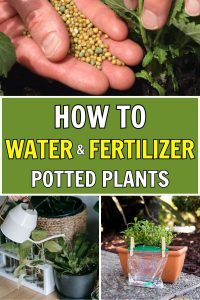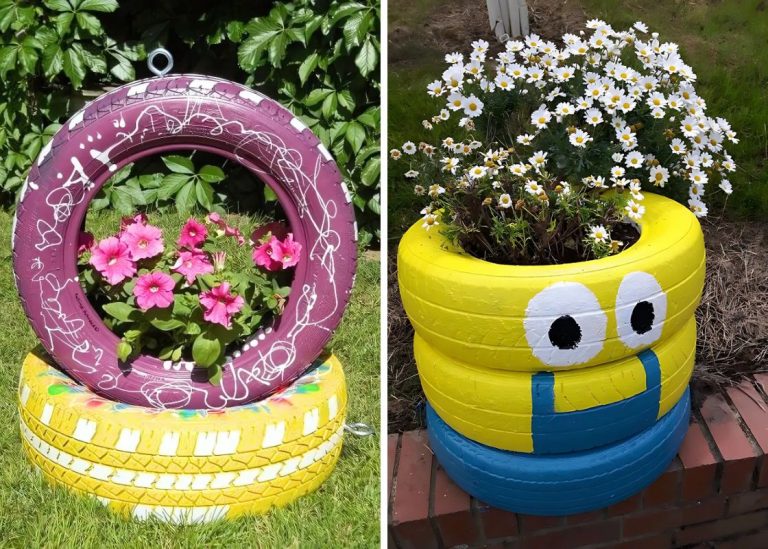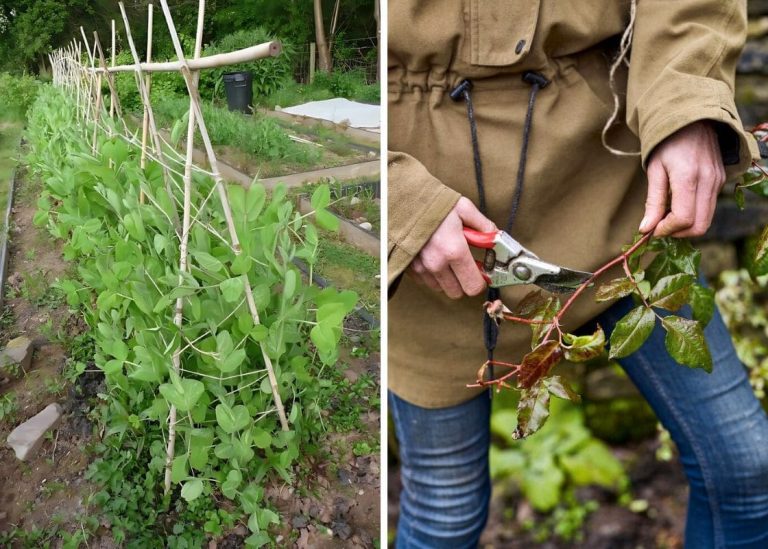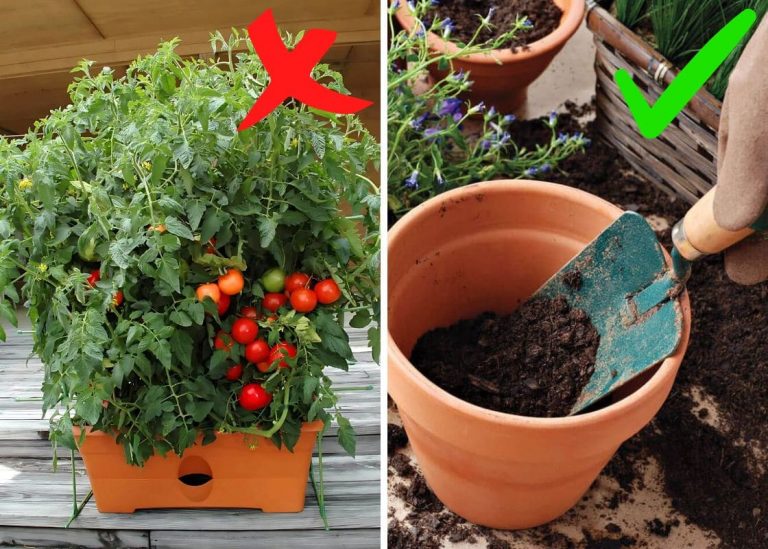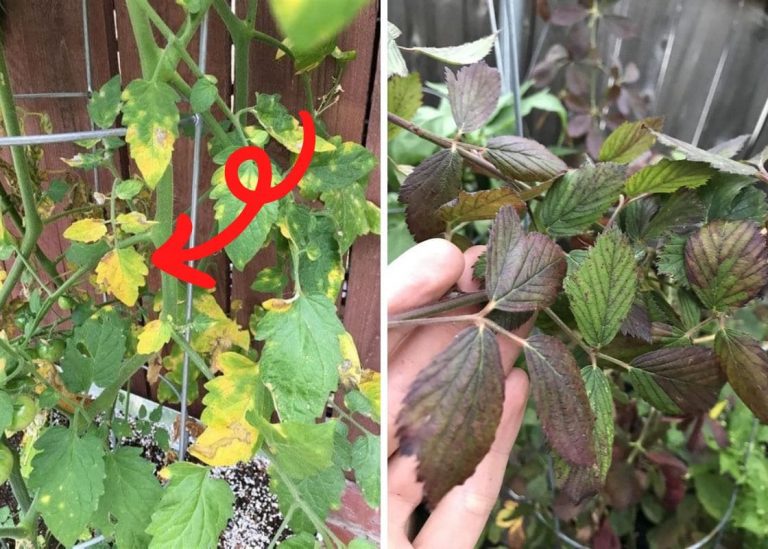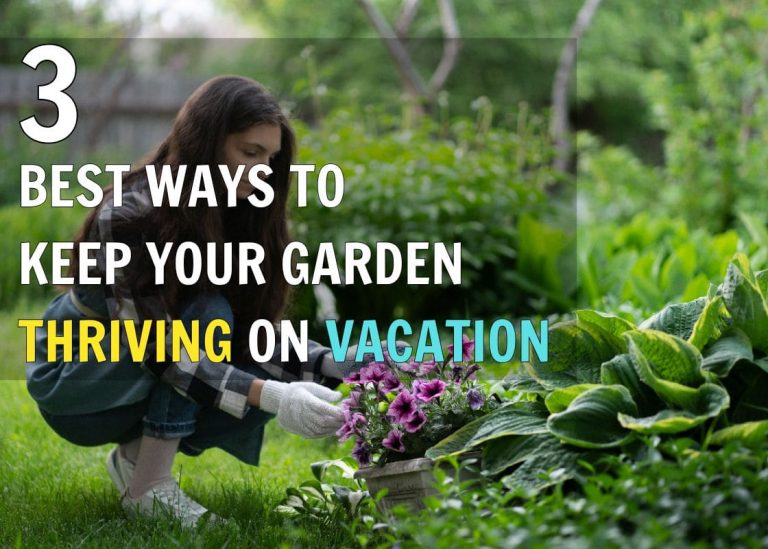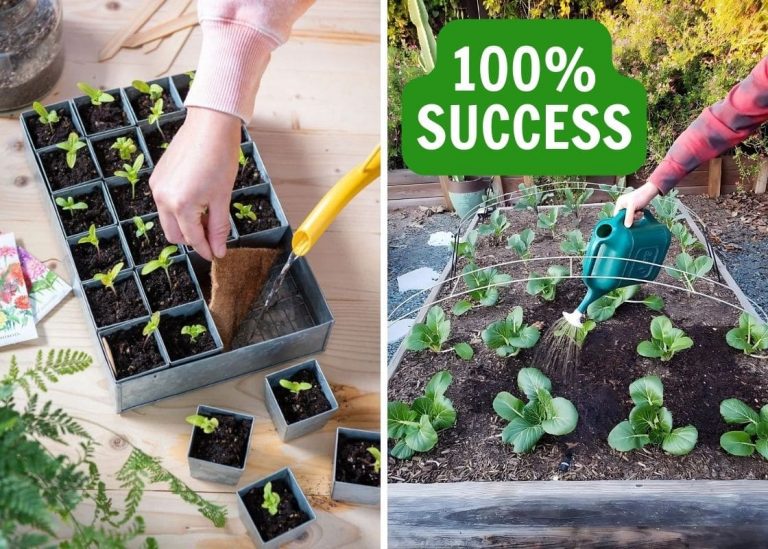Full Guide on Watering and Fertilizing Potted Plants for Maximum Growth
I’ve always loved growing plants in pots. There’s something so satisfying about arranging containers filled with vibrant flowers, lush herbs, and thriving vegetables on my patio, balcony, or even by my front door.
But I quickly learned that keeping potted plants healthy takes more than just occasional watering. Unlike garden plants, which can pull nutrients and moisture from the deep soil, potted plants depend entirely on what we give them.
Over the years, I’ve made plenty of mistakes, underwatering, overwatering, forgetting to fertilize, or using the wrong type of food. At one point, I wondered why my potted tomatoes looked weak while my in-ground plants thrived.
It wasn’t until I adjusted how I water and fertilize that I saw real improvement. Once I got it right, my potted plants grew faster, bloomed longer, and produced more fruit than ever before.
The Art of Watering Potted Plants
Watering seems simple, just give plants a drink when they’re dry, right? I used to think so, but I quickly learned that watering the wrong way can cause more harm than good.
The biggest mistake I made in the beginning was watering too often but not deeply enough. I’d sprinkle water on the surface, assuming it was enough, only to find that the roots below were still bone dry.
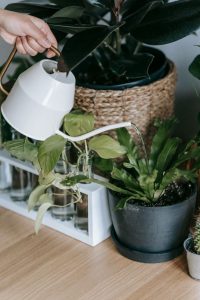
The key to healthy, well-hydrated potted plants is deep, consistent watering. Instead of giving them a little water every day, I water thoroughly until I see excess water draining from the bottom of the pot.
This encourages deep root growth, making the plants more resilient. If you only water the top layer, roots stay shallow, and the plant becomes more vulnerable to drying out.
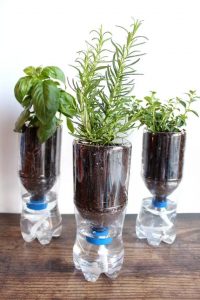
Of course, not all pots dry out at the same rate. Small containers dry out much faster than large ones, especially in hot, sunny weather. Terracotta pots lose moisture faster than plastic or glazed ceramic.
I always check my plants by sticking my finger about an inch into the soil if it’s dry at that depth, it’s time to water. If it still feels moist, I wait another day.
Morning is the best time to water because it prepares the plant for the heat of the day. Watering in the evening can sometimes leave moisture sitting on the leaves overnight, which increases the risk of fungal diseases.
When I have no choice but to water later in the day, I make sure to water the soil directly, avoiding wetting the leaves as much as possible.
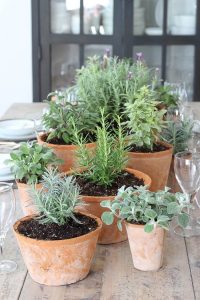
For large pots or plants that dry out too quickly, I use self-watering pots or add a layer of mulch on top of the soil to help retain moisture longer. During peak summer heat, I sometimes place a tray under pots and let them soak up water from below to ensure the roots get fully hydrated.
Fertilizing for Maximum Growth
Potted plants don’t have the luxury of drawing nutrients from the surrounding soil like in-ground plants do. Every time I water, some nutrients leach out of the potting mix, which means that regular fertilization is essential for strong growth and healthy blooms.
When I first started container gardening, I assumed that potting soil alone would provide all the nutrients my plants needed. I quickly realized that after a few weeks, my plants became pale, weak, and slow-growing, clear signs of nutrient deficiency.
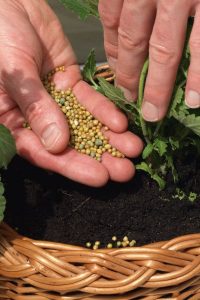
I now follow a consistent feeding schedule to ensure my plants get everything they need. For flowering plants and vegetables, I use a balanced organic liquid fertilizer every two weeks during the growing season.
Fish emulsion, compost tea, and seaweed extract are some of my favorite natural fertilizers because they provide a wide range of nutrients without the risk of chemical buildup.
For longer-lasting feeding, I mix in slow-release organic fertilizer when planting. These pellets break down gradually, ensuring a steady supply of nutrients over time. This works especially well for larger pots, where frequent liquid feeding might not be practical.
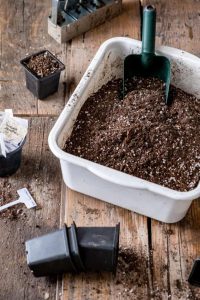
Different plants have different needs, so I adjust my fertilizing routine accordingly. Leafy greens like lettuce and spinach do well with a nitrogen-rich fertilizer, which promotes lush, green growth. Tomatoes, peppers, and flowering plants need higher phosphorus and potassium levels to encourage strong roots and more blooms.
One mistake I made early on was over-fertilizing. More fertilizer doesn’t mean faster growth, it can actually burn the roots and do more harm than good.
I always dilute liquid fertilizers to half strength if I’m feeding more frequently, and I watch for signs of overfeeding, like crispy leaf edges or excessive leafy growth with few flowers.
Keeping a Consistent Routine
Skipping waterings, letting plants dry out too much, or forgetting to fertilize for weeks at a time can lead to stunted growth, fewer blooms, and weak plants that struggle to recover. Now, I treat my potted plants like part of my weekly routine, checking them regularly and adjusting care as needed.
During heatwaves, I sometimes need to water twice a day, especially for plants in small pots or hanging baskets. In cooler months, I cut back on watering and feeding since plants grow more slowly.
Final Thoughts: Helping Potted Plants Flourish
By watering deeply but not too often, fertilizing regularly, and adjusting based on plant needs, I’ve been able to grow stronger, more vibrant plants that thrive from spring to fall.
If you’ve ever struggled with leggy, weak, or slow-growing container plants, a few simple changes in your watering and feeding routine can make all the difference. With a little care and attention, potted plants can be just as lush and productive as any garden bed, sometimes even more so!
